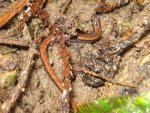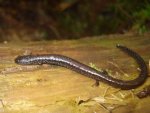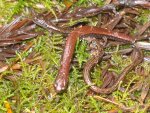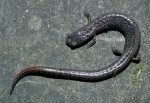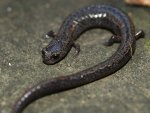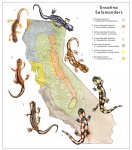lexmiller
New member
- Joined
- Nov 13, 2009
- Messages
- 131
- Reaction score
- 2
- Points
- 0
- Location
- NorCal
- Country
- United States
- Display Name
- The World's Strongest Scientist
My field herping in the Humboldt area in November was great. I recorded seeing five B. attenuatus.
Now I am concerned I may have mis-identified two species.
I think I may have photographed a B. minor and a B. relictus.
Please help me figure this out....
I have attached three photos of very different looking Batrachoseps
Now I am concerned I may have mis-identified two species.
I think I may have photographed a B. minor and a B. relictus.
Please help me figure this out....
I have attached three photos of very different looking Batrachoseps

